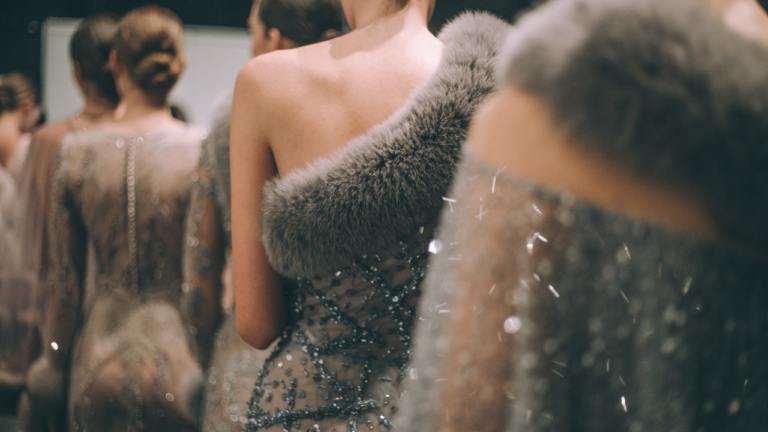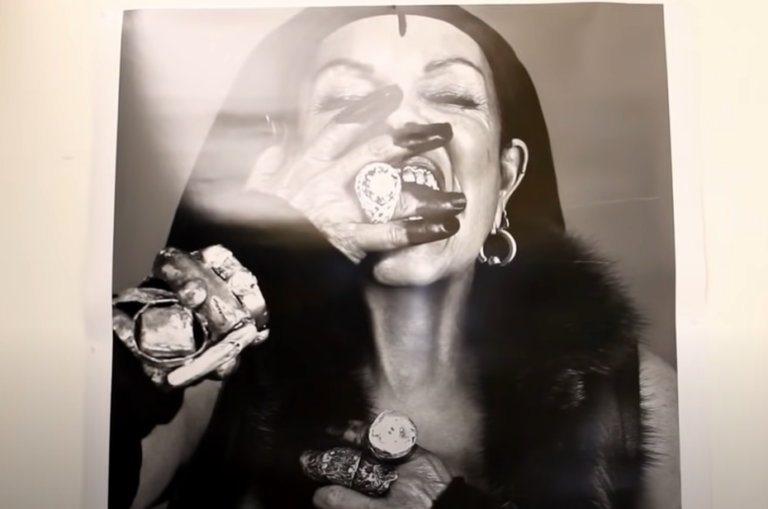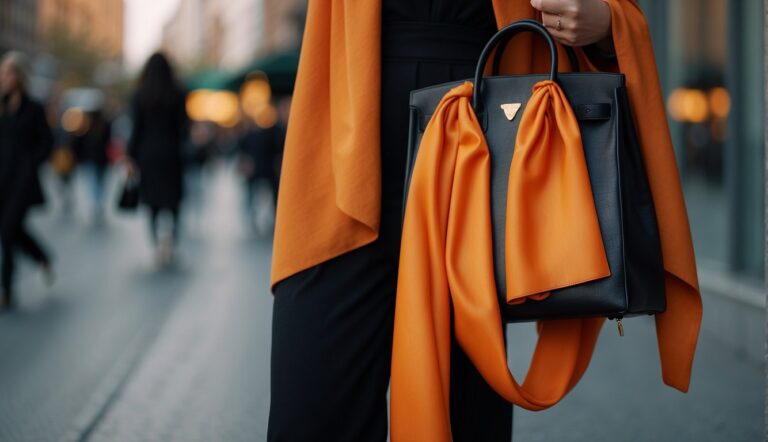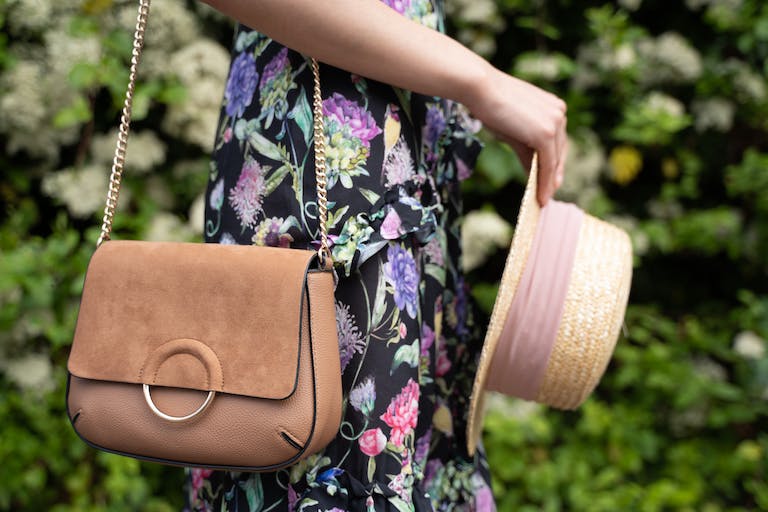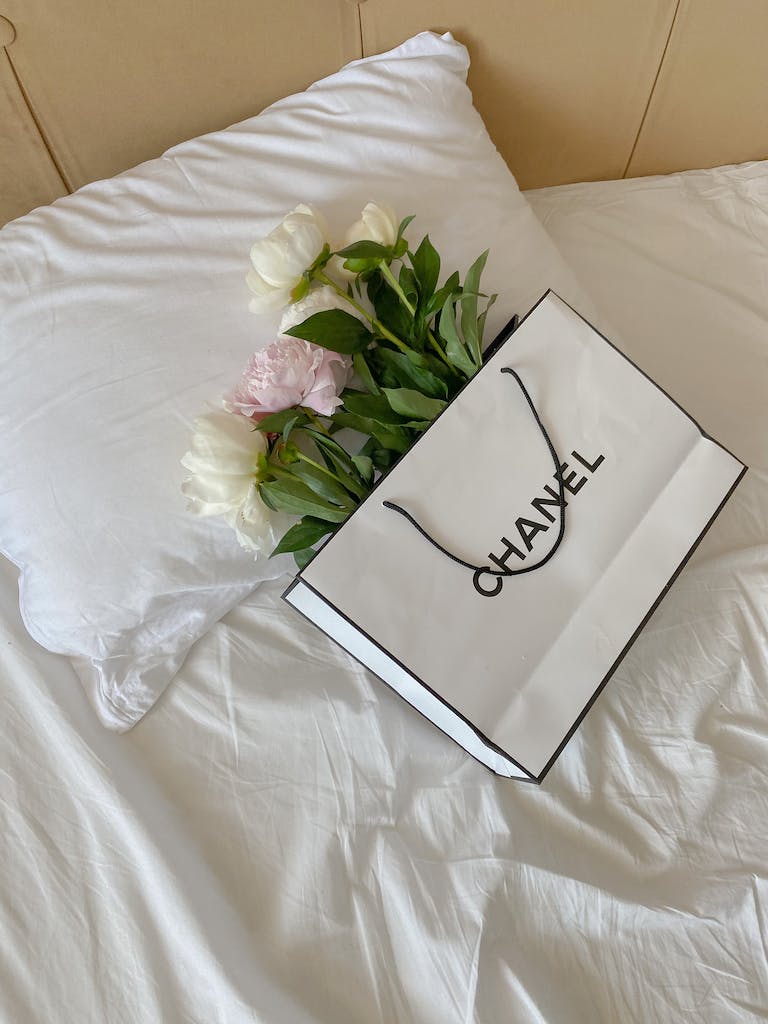Who Decides What Is or Will Be Fashionable? The Future of Fashion.
How Fashion Trends Initially Began
Historically? The nobility of the times, the king and queen, were the first fashion trendsetters. After all, fashion is about confidence, creativity, self-expression, the way we perceive and judge each other, and one way to elevate or show our status in life would be through the way we dress. It’s a pure reflection of our innate desire as humans, to always want more.
Back when social media did not exist, the King and Queen’s fashion or other nobility would be in newspapers. Many people would be exposed to their fashion sense and adopt it for themselves at whatever price point they could.
However, times have changed, and in the 21st century Luxury Brands have managed to gain the same awe and wonder that people used to have towards royalty, by maintaining the concepts of exclusivity and expensive items.
Social Media has overtaken newspapers and magazines, completely changing what it means to advertise for the fashion industry. One viral Tik Tok post could influence thousands to buy a dress.
Trend Forecasters have arisen over the past decade and thousands of companies subscribe to their forecasting.
Fashion Trends no longer solely depend on a couture house in Paris deciding what is fashionable for the season. While it would be fun to think there’s simply a board of directors picking out current and future trends, orchestrating the entirety of the fashion world, it’s a lot more complicated than that.
Fashion trends are shaped by a combination of designers’ creations, consumer preferences, fashion influencers, and industry professionals, all of whom play a role in determining what becomes or will be fashionable.
How Fashion Trends Materialize
1. High-End Fashion Houses Begin Many Fashion Trends
Fashion has to begin with the clothes themselves, luxury brands such as Fendi, Balenciaga, Versace, etc., have hundreds of designers that create beautiful pieces of cloth and accessories that are displayed on the catwalk which has been shown to be very influential even today. Just as people used to want to imitate Kings and Queens, many of these brands sell themselves through the allure of gaining lifestyle and social status by owning their products.
Thus, creative directors of fashion houses impact the fashion world immensely by beginning with an overarching concept for their collections and the label, influencing a league of designers that put their pieces on the fashion runway. Very influential people are invited to these fashion runways, celebrities, reporters, and in the modern age, social media influencers.
Because of our subconscious desire to idolize anything that seems more glamorous, richer, powerful, we seek to obtain what these celebrities and social media influencers have. Fast fashion comes into the picture, allowing retail consumers to buy items at an affordable price.
Fast fashion brands often look at these luxury fashion brands for inspiration and create similar versions of these clothes. According to Investopedia, fast fashion is defined as “clothing designs that move quickly from the catwalk to stores to take advantage of fashion trends.”
Since fast fashion is more accessible for a larger demographic of people, more people wear similar items. Combine this with social media and fashion trends start because of peer to peer influence. No longer is it a couture house in Paris deciding what is trendy but people’s preferences have become more underground, because of a delicately weaved web of social media influencers, celebrities and viral posts.
2. Social Media Influencers and Celebrities
We are now at the age where Tik Tok, Instagram and Youtube dominate the social media market. People get attached to familiar faces they see online and are more willing to trust what they say, and adopt how they feel about particular fashion styles.
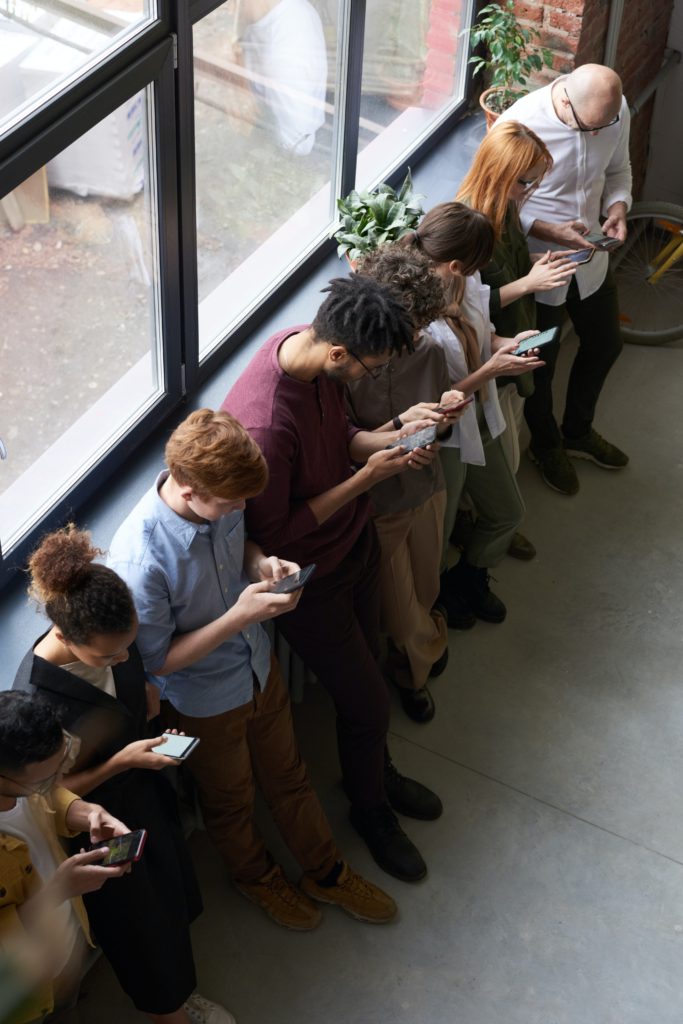
Social Media has blurred the lines between influencers and celebrities because Instagram and Tik Tok have completely changed the way people think of advertising. It has also become easier for Fashion Brands to create a brand image and increase awareness of themselves through how they stylize their social media accounts. Brands and celebrities now have to focus on more than clothes, runway shows and films to solidify a fan base.
In fact, brands now have a way to assign monetary value to posts or articles that will impact their revenue. Bvlgari, Hugo Boss, Kate Spade are just a few brand names that use Media Impact Value (MIV) to assess how they should navigate their social media promotions.
3. Data Driven Technology
With innovative thinking and technology combined, new industries to forecast fashion trends have also been born. WGSN pioneered the market of forecasting fashion trends, turning the trends of the future into a highly valuable commodity.
Over 6000 Companies from startups to Fortune 500 companies subscribe to their data and forecasting reports to see into the future of fashion, and making on trend product decisions. Some might say that this reduces the creative freedom of fashion, however in reality it helps fashion to directly meet the needs of consumers on a personal level.
For example, in 2019, Carla Buzasi, the Managing Director from WGSN.com said in an interview that working from home was forecasted to continuously increase in the next few years. Which is important for fashion because consumers would be very open to buying much more comfortable, work from home clothes.
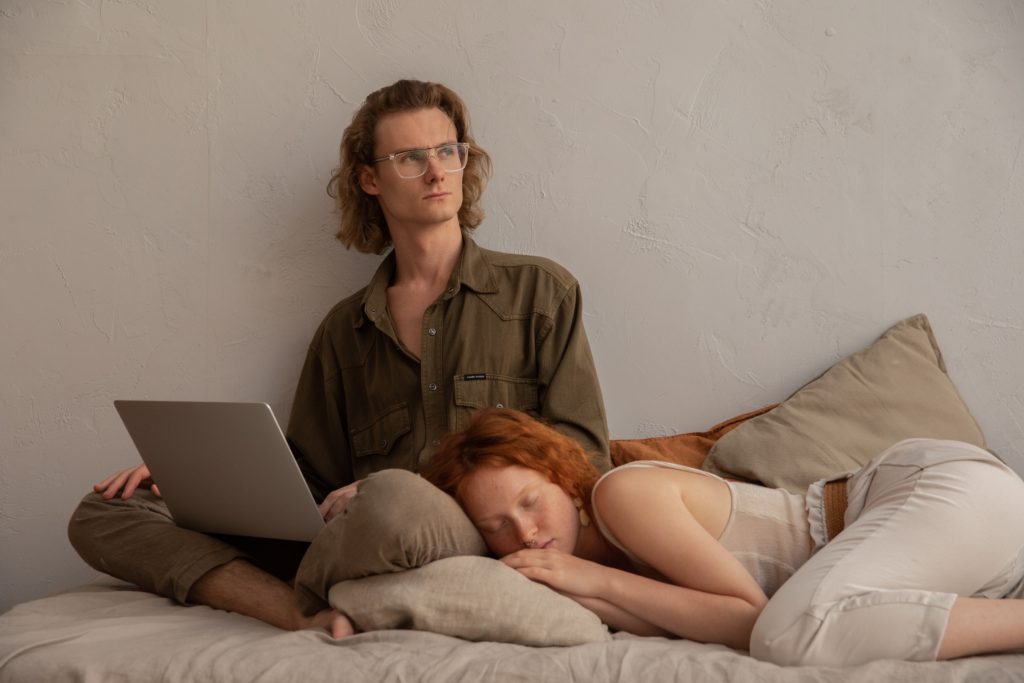
And by 2022, we can see that this worked out very well because over the pandemic many people transitioned to working from home which influenced them to buy more comfortable clothing choices.
It is crucial to be global today, speaking the language of people in their own territories and WGSN helps designers to make decisions for color, fabric, shape.
4. Color forecasting
Forecasting helps the fashion industry have a cohesive work flow, especially in terms of sourcing fabrics or paint with the correct tone and color, because these can take a long time. Although WGSN is a pioneer in fashion forecasting, Pantone is a giant in color forecasting in the fashion industry. Every December, Pantone releases color of the year, and for many this is highly anticipated fashion news. In fact, they release several colors that they believe will be trending, and their research is in-depth and analyzed over 9 months before release.
Hundreds of brands follow, design and produce products with Pantone’s Color of the Year in mind. When more brands begin following the Color of the Year and Pantone’s accompanying palette of colors, it helps reinforce the popularity of them amongst the public because they see it more often. This helps brands work together to solidify their designs to be on trend because it is what everyone else is making.
It also helps give brands, especially smaller brands, the time to source the colors from different areas of the world for different products and create a more cohesive work flow.
5. Culture and Current Events
Current events can drastically change how people buy. For example, with the growing concern for global warming, sustainable clothing is a constantly growing industry. Lyst highlighted a 69% increase in searches for “vegan leather,” year over year.
Work from home culture has also drastically increased. Even as the world opens up after the pandemic, many people prefer to work from home, and businesses have shifted their work structure to allow this. This has resulted in a noticeable increase of desire for comfortable clothes. Even Vogue released a photo of Anna Wintour wearing sweatpants.
Even WGSN uses current events and culture shifts in art, design, architecture to create their macro trends every season for color, textiles and every ingredient a designer might need to create clothing.

